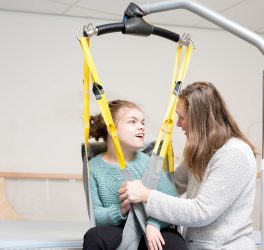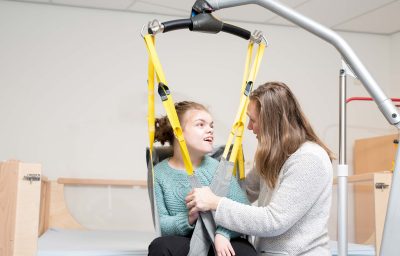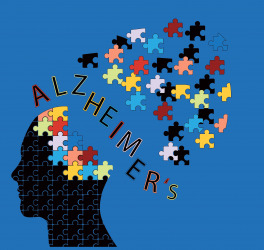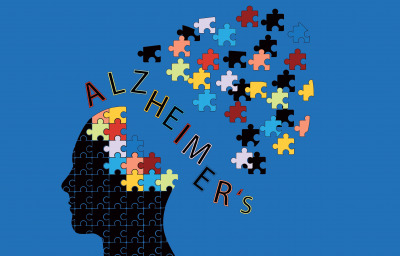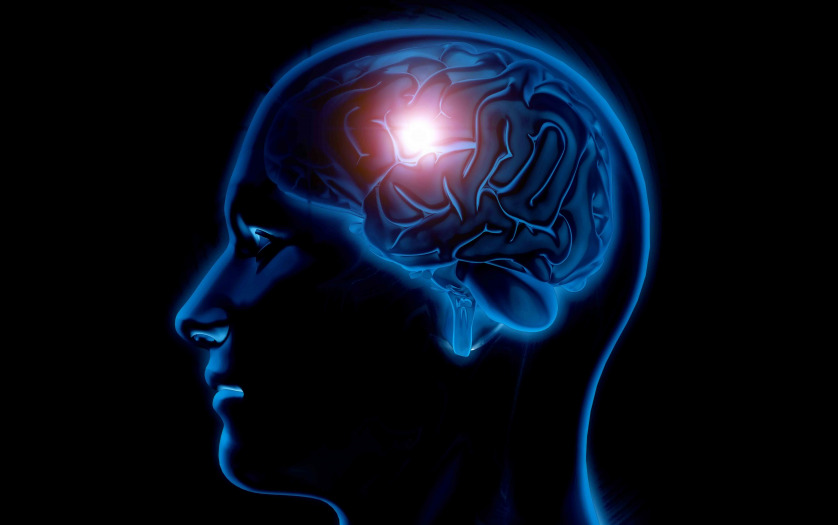
Researchers have discovered nonelectrical cells that move the brain from a flexible state to a stable state.
The cells, known as astrocytes for their star-like shapes, and associated genes eventually could become therapeutic targets, said University of Oregon postdoctoral researcher Sarah Ackerman, who led the research.
“All of the cell types and signaling pathways I looked at are present in humans,” Ackerman said. “Two of the genes that I identified are susceptibility genes linked to neurodevelopmental disorders including autism and schizophrenia.”
The failure to close so-called critical periods of brain plasticity in development, when learning occurs rapidly and helps mold the brain, she added, also is associated with epilepsy.
The discovery is detailed in a paper published online April 7 in the journal Nature. The research was done in the Institute of Neuroscience lab of co-author Chris Doe, a Howard Hughes Medical Institute investigator and professor in the UO Department of Biology.
Astrocytes are glial cells found in large numbers in the central nervous system. They play diverse roles depending on what regions in the brain and spinal cord where they are active. They are, Ackerman said, “the guardians of synapses in terms of assuring proper functioning in both their formation and later performance.”
In the research, Ackerman focused on the motor circuitry of Drosophila melanogaster larvae over specific points in development. These invertebrate fruit flies are standard research models that are easily open to rapid genetic exploration of molecular mechanisms.
Ackerman used optogenetics, a light-based technology, to selectively turn motor neurons off and on. She found that these neurons exhibit striking changes to their shape and connections — the plasticity — in response to the manipulations.
Curiously, Ackerman and colleagues saw astrocytes pouring into the nervous system, extending fine projections and enveloping neuronal connections at the right time to switch the circuitry from plastic to stable states.
Ackerman then screened for candidate genes associated with astrocytes to determine which molecular pathways direct the window to close and shut down motor plasticity.
That work pointed directly at neuroligin, a protein on astrocyte projections, that binds to neurexin, a receptor protein on dendrites from developing neurons. Eliminating that genetic pathway extended plasticity, while precocious expression of these proteins closed plasticity too early in development.
Such changes in the timing of plasticity were also found to later impact behavior. Extending plasticity resulted in abnormal crawling of the larvae. Extending critical periods of plasticity in human development, Ackerman said, has been linked to neurodevelopmental disorders.
A tragic human example of how this critical period is vital, Doe said, may be the case of abandoned Romanian children found in an orphanage in the 1980s. Hundreds of babies had been neglected except when they were fed or washed, according to news reports.
The neglect would have occurred during that key period of plasticity when experiences and learning mold the brain, Doe said. When later removed from the orphanage four of every five of the children were unable to engage socially, according to research that followed the children into adulthood.



